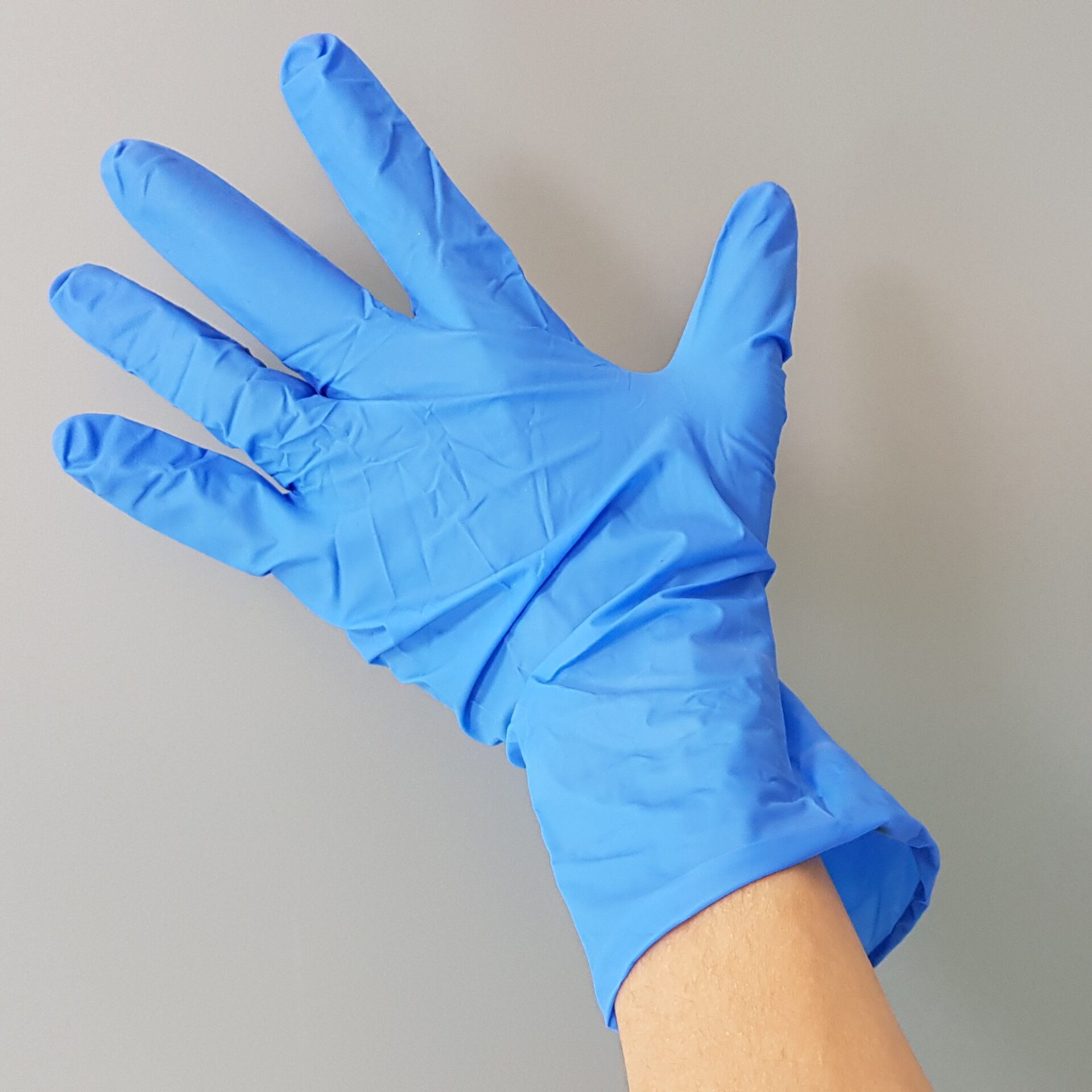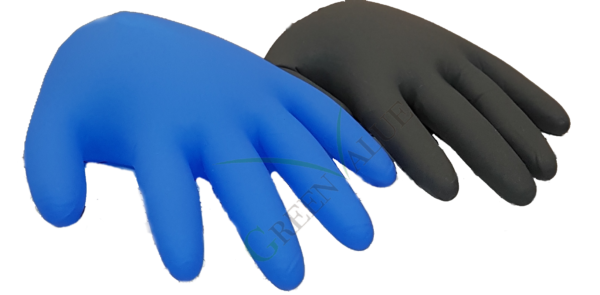
Everyone may have the experience of using disposable gloves. Originally, they were just common consumable goods. However, the new coronavirus pandemic has caused an overnight imbalance between supply and demand in the market. Even Malaysia, the world’s largest producer and exporter of disposable gloves, had to announce a ban on the export of disposable gloves. The following are some common categories of gloves available in the market.
- In terms of material, there are four types.
There are about four types of gloves available in the market, including PE gloves and PVC gloves made of plastic, and NBR gloves and latex gloves made of rubber.a. PE gloves: plastic-type. Inexpensive but inflexible, e.g., disposable gloves for roast chicken.
b. PVC gloves: plastic-type. To achieve better elongation, manufacturers often added a large amount of plasticizer, so it is not suitable for food usage.
c. Latex gloves: Made of natural rubber. It is characterized by good elasticity without the need to add plasticizers but is not resistant to oil. Furthermore, according to the U.S. Occupational Safety and Health Institute, about 8-12% of medical professionals who use latex gloves suffer from allergies.
d. NBR gloves: Made of rubber, so they do not break easily. NBR gloves are flexible, oil-resistant, and non-slip. More importantly, NBR gloves do not cause allergic reactions when worn. Although NBR gloves are more expensive than latex gloves, more and more consumers are intended to buy them if they need to wear a long time.
- Powdered and Powder-free gloves.
Products with powdered gloves were created to make the gloves easier to put on. The primary purpose of disposable gloves is to prevent cross-contamination between patients and medical personnel. Therefore, new products must be used each time while contacting a new patient. Usually, it isn’t easy to put on gloves when there is moisture on the hands. For this reason, some manufacturers add cornstarch to their gloves to reduce the friction on the surface. Although cornstarch itself is non-toxic, it tends to adsorb proteins from latex gloves, exposing the skin to more latex proteins and increasing the likelihood of allergies.
Since 2017, the United States and European countries have restricted the import and sale of powdered gloves. Taiwan will ban powdered gloves from 2021, and powder free glove products will dominate the future market. - Sterile and non-sterile gloves.
Sterilized gloves are sterilized and packed tightly before shipment. These gloves are typically used in environments that require a sterile operation. On the other hand, the boxed extractable gloves are unsterilized. They can be used in a regular doctor’s consultation or general chemical laboratory.
Green Value has some Taiwan made products available for you to choose. Shall you got any interest, please feel to contact us.



